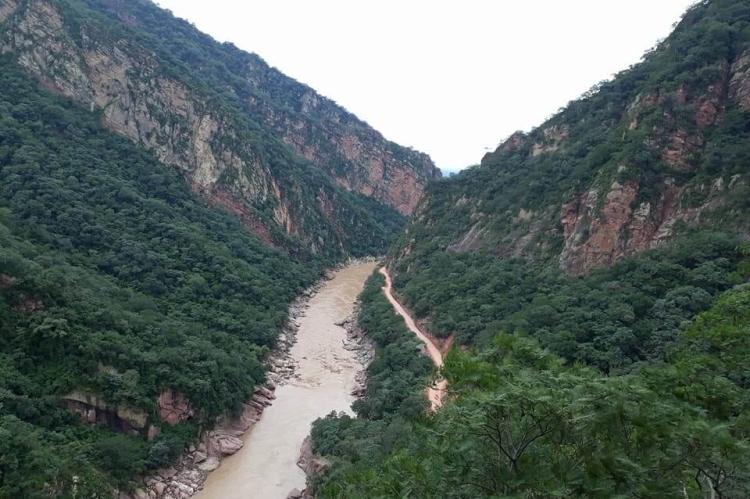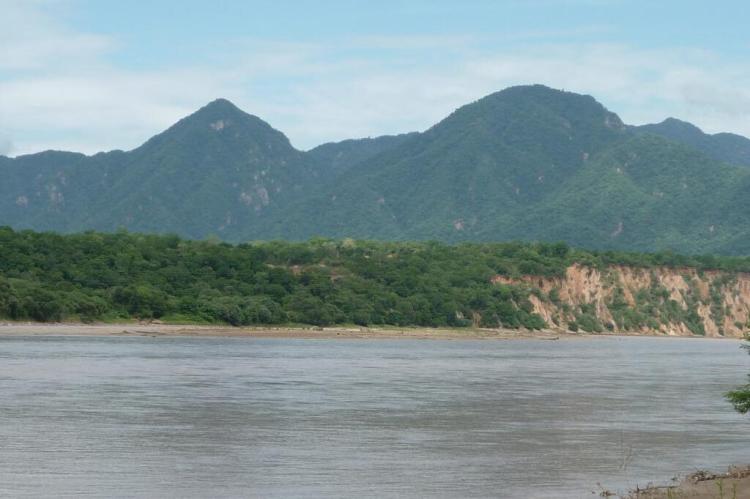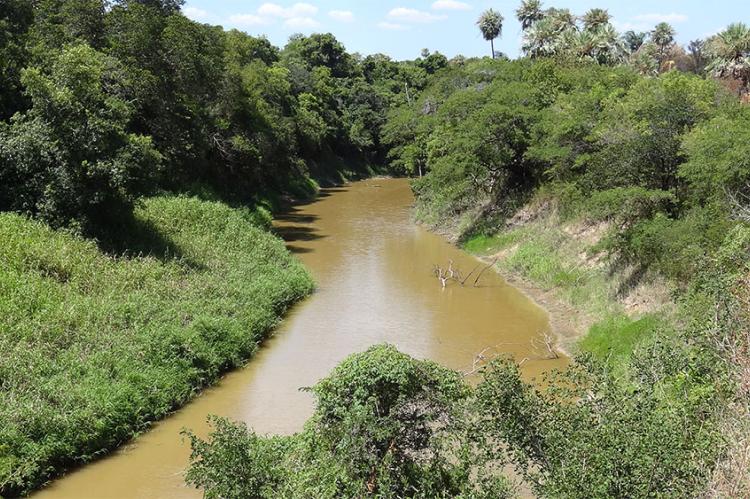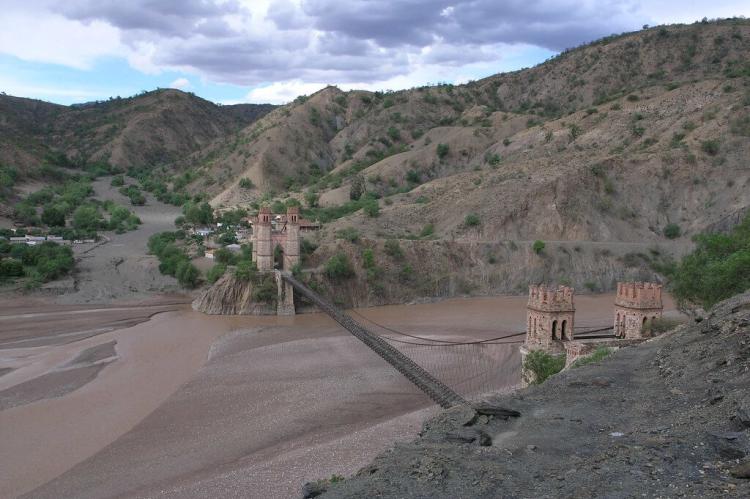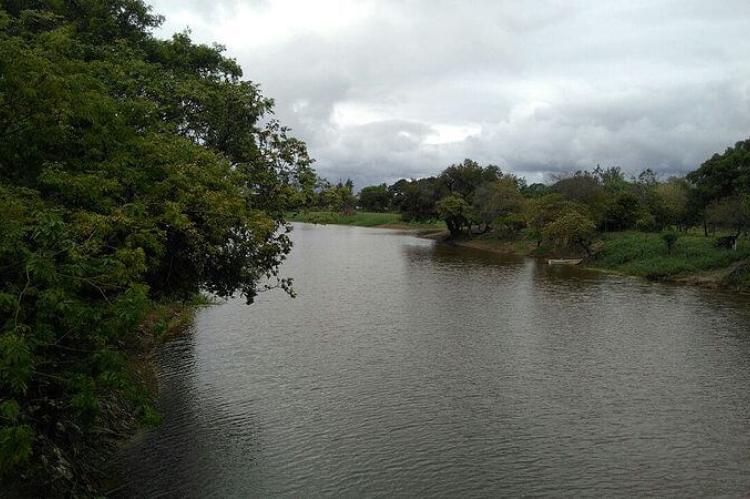The Pilcomayo River: A Lifeline Traversing South America
Winding its way through the heart of South America, the Pilcomayo River is a vital watercourse that interweaves the landscapes and ecosystems of Argentina, Bolivia, and Paraguay. The river, originating from the Andes, shapes the physical terrain and sustains a rich tapestry of biodiversity.
The Pilcomayo River: A Lifeline Traversing South America
Winding its way through the heart of South America, the Pilcomayo River stands as a vital watercourse that interweaves the landscapes and ecosystems of Argentina, Bolivia, and Paraguay. Originating from the towering Andes Mountains, this remarkable river embarks on a journey that not only shapes the physical terrain but also sustains a rich tapestry of biodiversity, leaving an indelible mark on the diverse regions it traverses.
Origins and Course
Andean Headwaters
The Pilcomayo River originates in the majestic Cordillera Oriental of the Bolivian Andes, where its headwaters spring to life from snow and glacier meltwaters. From these lofty heights, the river descends through valleys and plateaus, gradually making its way towards the vast Chaco region, which spans multiple countries.
The Paraná River Basin
Situated within the expansive Paraná River drainage basin, the Pilcomayo River contributes its flow to this intricate network of waterways that crisscross the South American continent. This hydrological connection underscores the river's far-reaching influence and role in shaping the region's water cycles.
Hydrography and Seasonal Fluctuations
The Wet Season's Deluge
During the wet season, the Pilcomayo River swells with the influx of rainfall and melting snow from the Andes. This surge of water transforms the river into a powerful force, shaping the surrounding landscapes and triggering the overflow of wetlands and floodplains. The river's banks overflow, creating a dynamic and ever-changing mosaic of aquatic habitats.
The Dry Season's Retreat
In contrast, the dry season witnesses a gradual retreat of the river's waters, revealing the intricate tapestry of habitats sculpted during the inundation. As the water levels recede, the Pilcomayo River unveils diverse ecosystems, from wetlands to grasslands, each fostering a unique assemblage of flora and fauna.
Ecological Significance
Shaping Diverse Habitats
The Pilcomayo River plays a pivotal role in shaping the ecosystems it traverses, contributing to creating diverse habitats along its course. The river's seasonal ebb and flow create a mosaic of wetlands, gallery forests, and grasslands, each fostering a distinctive array of plant and animal life.
Sustaining Biodiversity
The wetlands adjacent to the Pilcomayo River serve as critical breeding grounds for aquatic species, while the gallery forests provide essential shelter and nesting sites for numerous bird species. The river's influence extends beyond its banks, shaping the wider Chaco region and contributing to its rich biodiversity.
Biodiversity Hotspot
Aquatic and Terrestrial Diversity
The Pilcomayo River and its associated ecosystems are home to a staggering diversity of plant and animal life. The river's flow sustains numerous aquatic species, including fish and amphibians, while its banks provide habitat for mammals such as capybaras and marsh deer. The avian population is particularly notable, with over 300 bird species documented along the Pilcomayo, making it a haven for birdwatchers and ornithologists.
Migratory Pathways
The Pilcomayo River is a vital stopover and migratory pathway for numerous bird species, including herons, ibises, and waterfowl. These migratory birds find sanctuary along the river's banks, using it as a critical stopover on their long journeys. The river's role in supporting regional and global bird migration patterns highlights its ecological significance on a broader scale.
Conservation Challenges and Efforts
Balancing Human Needs and Environmental Conservation
The Pilcomayo River is a force of nature and a lifeline for the communities that depend on its resources. Human settlements along its banks engage in traditional activities such as fishing and agriculture, relying on the river's waters for sustenance and livelihood. However, the delicate balance between human needs and environmental conservation poses challenges that must be addressed.
Threats and Mitigation Strategies
Anthropogenic activities, including deforestation, unsustainable agricultural practices, and infrastructure development, can disrupt the river's natural flow and threaten the integrity of its ecosystems. Conservation efforts are underway to address these challenges, aiming to find sustainable solutions that safeguard both human livelihoods and the river's ecological health.
Initiatives are being implemented to promote sustainable water management, habitat restoration, and education programs through collaborative efforts involving local communities, government agencies, and conservation organizations. By fostering a harmonious coexistence between human activities and the river's ecological processes, the Pilcomayo River can continue to thrive as a vital lifeline for the region, sustaining its rich biodiversity and supporting the well-being of the communities that depend on its waters.
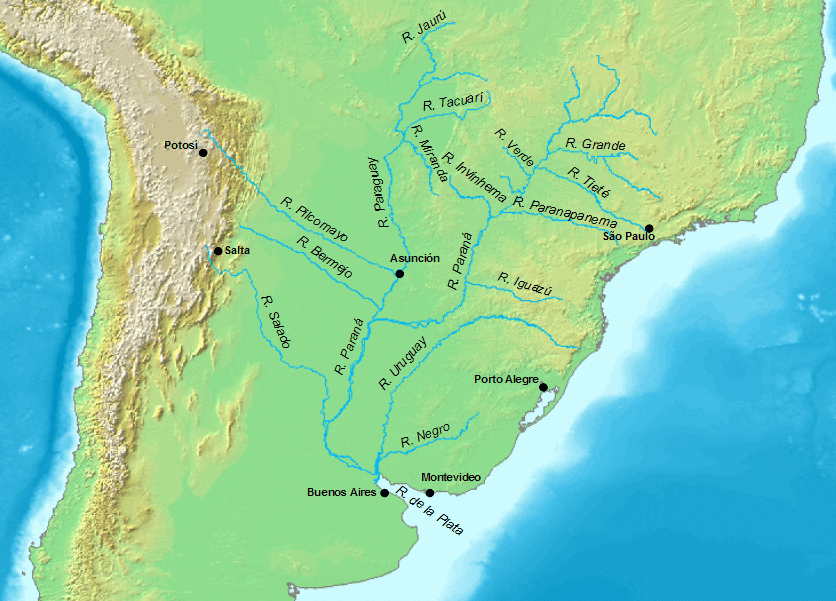
Map depicting the rivers that make up the Río de la Plata Basin.
